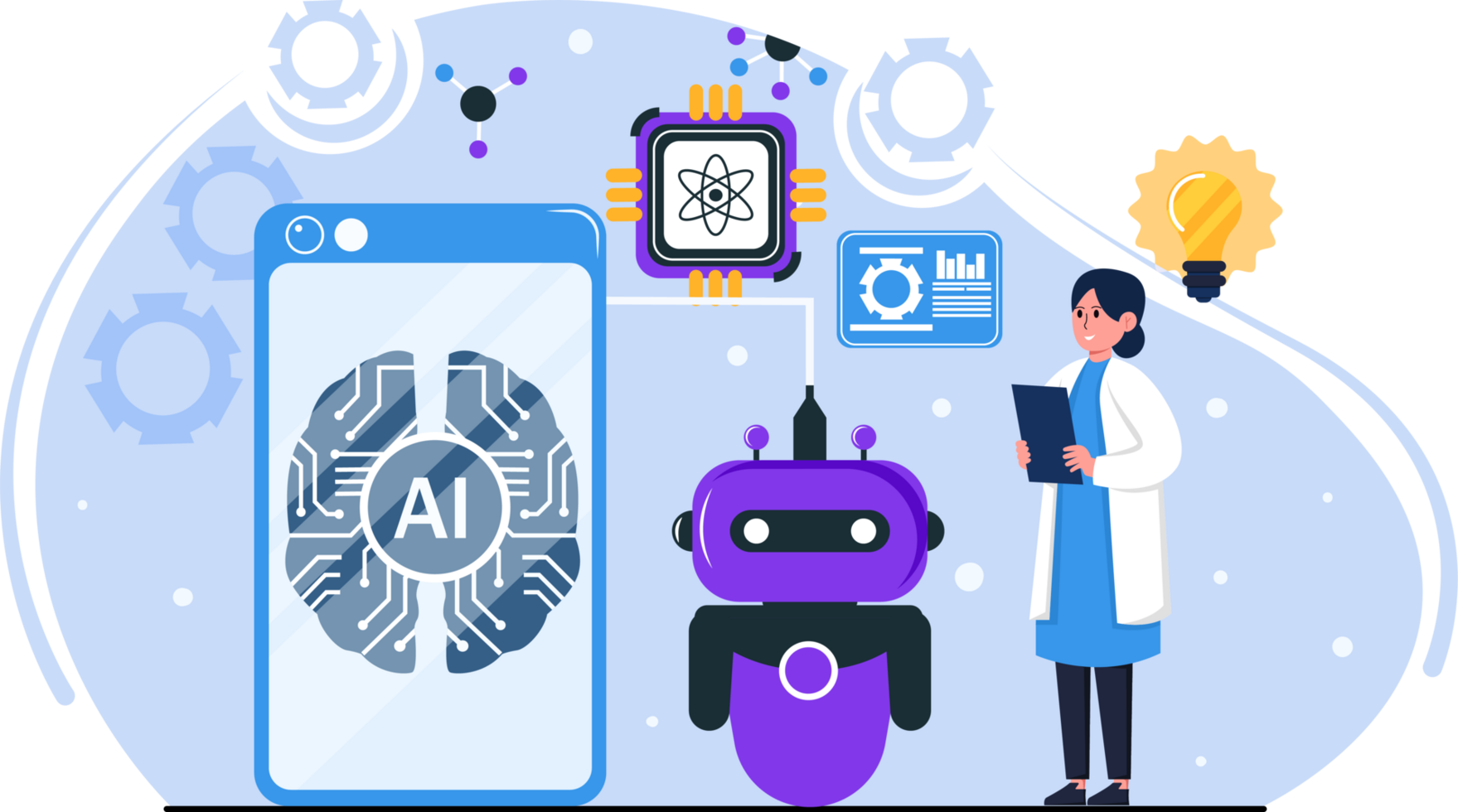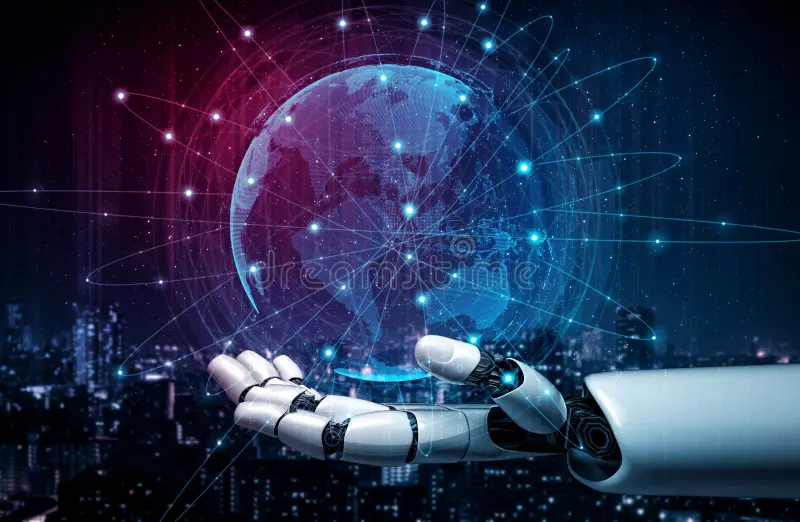🌍 AI & Telecom Trends – Week of August 18, 2025
Hello everyone! This week I bring you five key trends that are shaping the direction of artificial intelligence and telecommunications. These aren’t just headlines: behind each topic there are changes that are already beginning to affect how we work, communicate, and even how the business world is organized.

1️⃣ Cisco grows thanks to AI fever
What happened: Cisco, one of the giants in networking equipment, announced that it will earn more than expected because companies are buying servers and switches for AI projects. Just this year it has already added more than $2 billion in AI-related orders.
Why it matters: AI doesn’t work alone: it needs massive infrastructure behind it. This means that the AI race is also driving the business of those who manufacture the “pipes and cables” that make everything possible.
Simple example: think about platforms like Netflix or YouTube, which want to use AI to improve their recommendations. For that they need to move massive amounts of data and process millions of requests per second. That’s where Cisco comes in with its routers, switches and servers to make that experience smooth.
Source: Reuters – Cisco projects upbeat quarterly revenue as AI fuels networking equipment demand

2️⃣ Big Tech spends more on AI than an entire country on education
What happened: Big Tech companies (Microsoft, Google, Meta, Amazon) have already spent more than $155 billion on AI this year, even more than what the US allocated to education.
Why it matters: This shows the magnitude of the technological race. It’s not an experiment: they’re betting their future on AI. It also puts pressure on governments and smaller companies, which could fall behind.
Simple example: imagine that Amazon wants Alexa to better understand all the ways we speak. That requires language models trained with millions of examples and dedicated servers. Massive AI spending allows that type of improvement to reach end users.
Source: The Guardian – This year, Big Tech spent more on AI than the government on education

3️⃣ AI in telecommunications will be a huge market
What happened: A report estimates that AI usage in telecom will grow from $1.45 billion in 2022 to more than $11 billion in 2030, growing almost 30% each year.
Why it matters: This means that AI is becoming a central part of how telecom companies operate: from customer service, to fraud detection, or automatically adjusting the network.
Simple example: if a customer calls their internet provider because they have connection problems, it’s very likely that the first diagnosis will be made by an AI bot, which checks the network in seconds and provides quick solutions. This is already saving time and money for companies.
Source: Grand View Research – Global AI in telecom market to grow through 2030
4️⃣ Telstra will cut jobs, but maintain the human touch
What happened: Telstra, Australia’s main telecommunications operator, announced that it will use AI to automate processes such as customer service, billing and technical support. This implies staff cuts towards 2030, although they clarify that there will always be people in key positions.
Why it matters: It’s a clear signal of how AI is changing the labor world: it doesn’t eliminate everything, but it does transform the way we work. The challenge will be finding the balance between automation and human jobs.
Simple example: if a customer wants to know their balance or pay a bill, an automated bot can do it without human intervention. But if the problem is complex —like a fiber network failure affecting an entire neighborhood— there will still be human technicians and managers to resolve it.
Source: The Guardian – Telstra to reduce workforce with AI, without forgetting humans

5️⃣ IBM deflates the hype about “AI agents”
What happened: IBM published an analysis on AI agents (programs capable of acting autonomously). It says that although they are very promising, they are still not ready to do everything that some promise.
Why it matters: It’s a call for calm: AI agents do work today for specific tasks, but they’re not magical or replace all human work.
Simple example: a telecom operator can use an AI agent to automatically generate reports on customer data consumption. But they can’t expect that same agent to design and deploy a complete 5G network without supervision.
Source: IBM – What can we really expect from AI agents in 2025?
📚 Recommended Reading
-
The global state of AI — McKinsey: insight into how companies actually use AI. https://www.mckinsey.com/capabilities/quantumblack/our-insights/the-state-of-ai
-
Fresh AI data for 2025 — Exploding Topics: key market and employment statistics. https://explodingtopics.com/blog/ai-statistics
-
TMT Predictions 2025 — Deloitte: forecasts on technology, media and telecom. https://www.deloitte.com/us/en/insights/industry/technology/technology-media-and-telecom-predictions.html
-
AI in telco network planning — NVIDIA: how AI helps improve revenue and reduce costs in telcos. https://blogs.nvidia.com/blog/ai-telcos-survey-2025/
-
6G overview — Wikipedia: what to expect from the next generation of networks. https://en.wikipedia.org/wiki/6G
🎥 Recommended Video
Generative AI & Telecoms Trends 2025 – Visual summary on how AI is changing telecommunications.
Final Reflection
These trends show that AI is not just a fad: it’s redefining entire industries. For those of us working in technology, the message is clear: adapt or fall behind. But we also need to keep our feet on the ground: AI is a powerful tool, not a magical solution.
The key is understanding what AI can really do today, what we need to implement it well, and how to prepare for the changes that are coming. As I always say: technology advances quickly, but common sense and human experience remain fundamental.
✍️ Claudio from ViaMind
Dare to imagine, create and transform.
